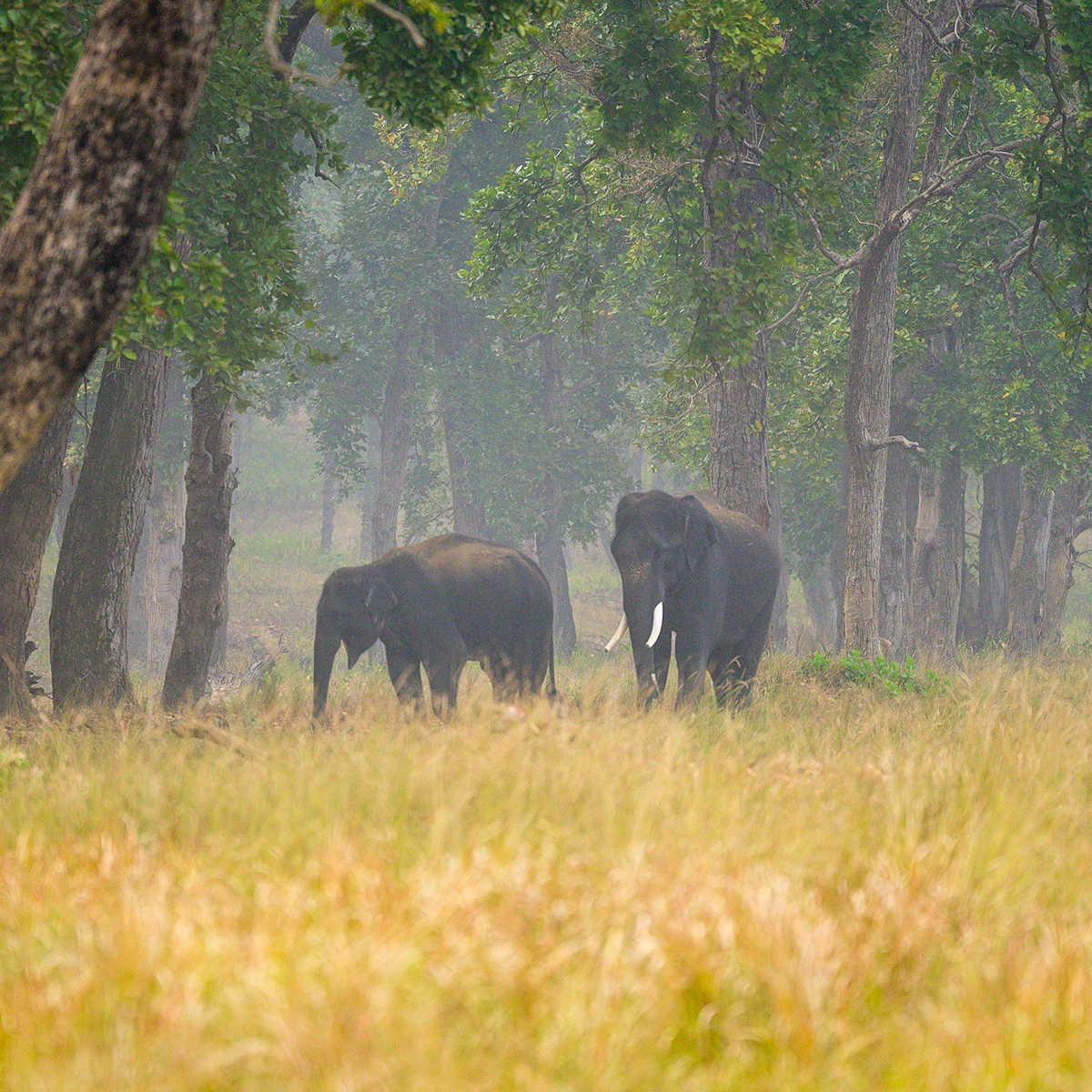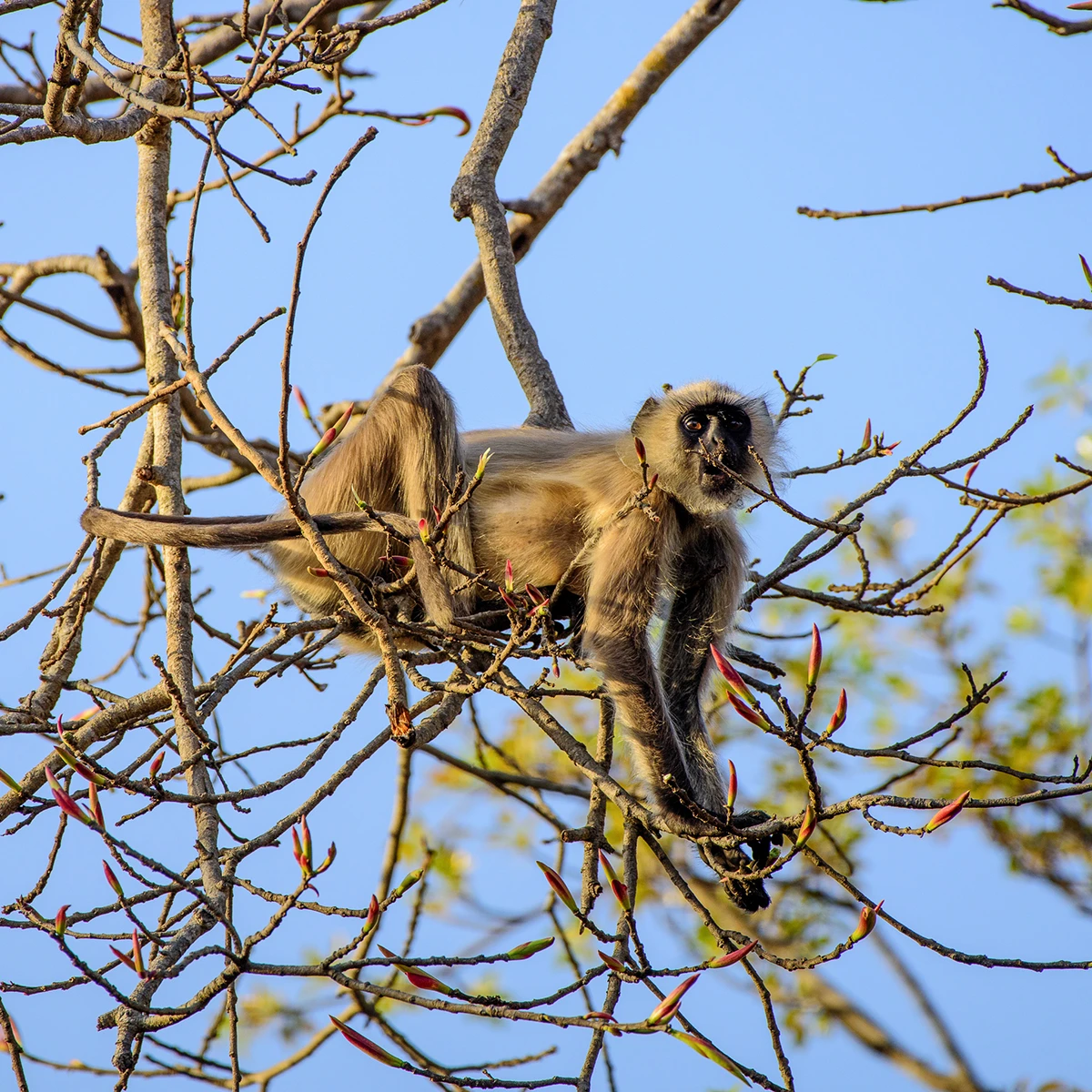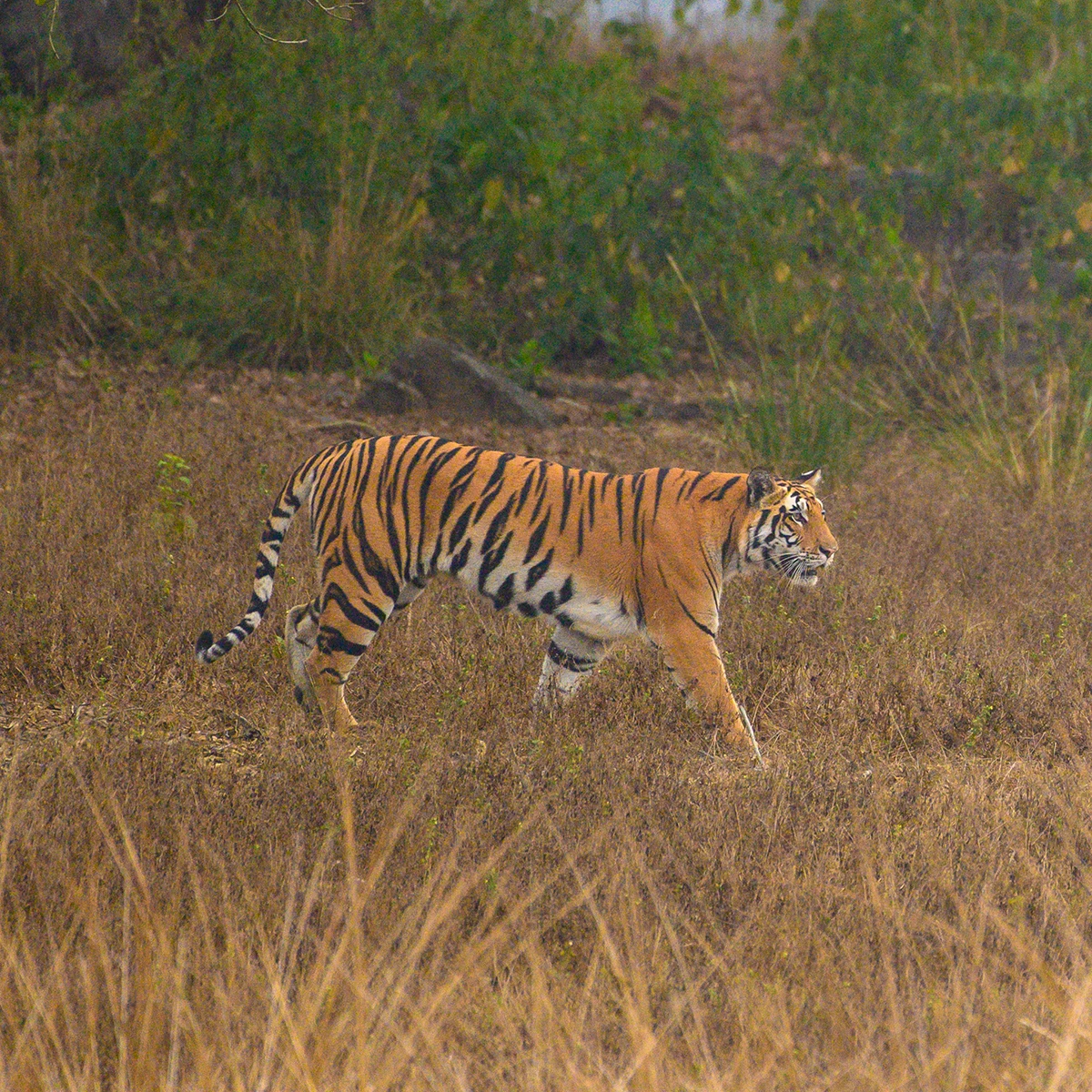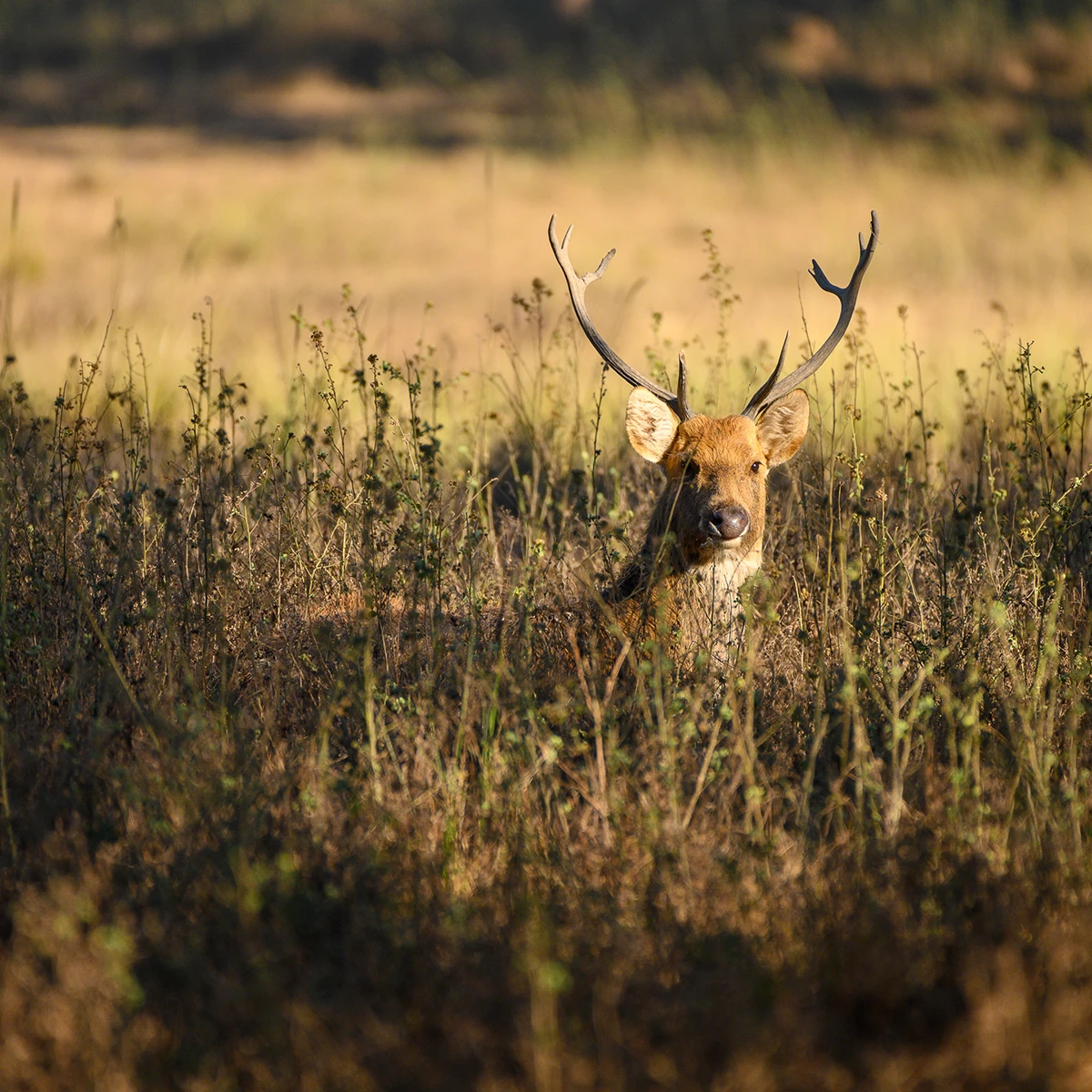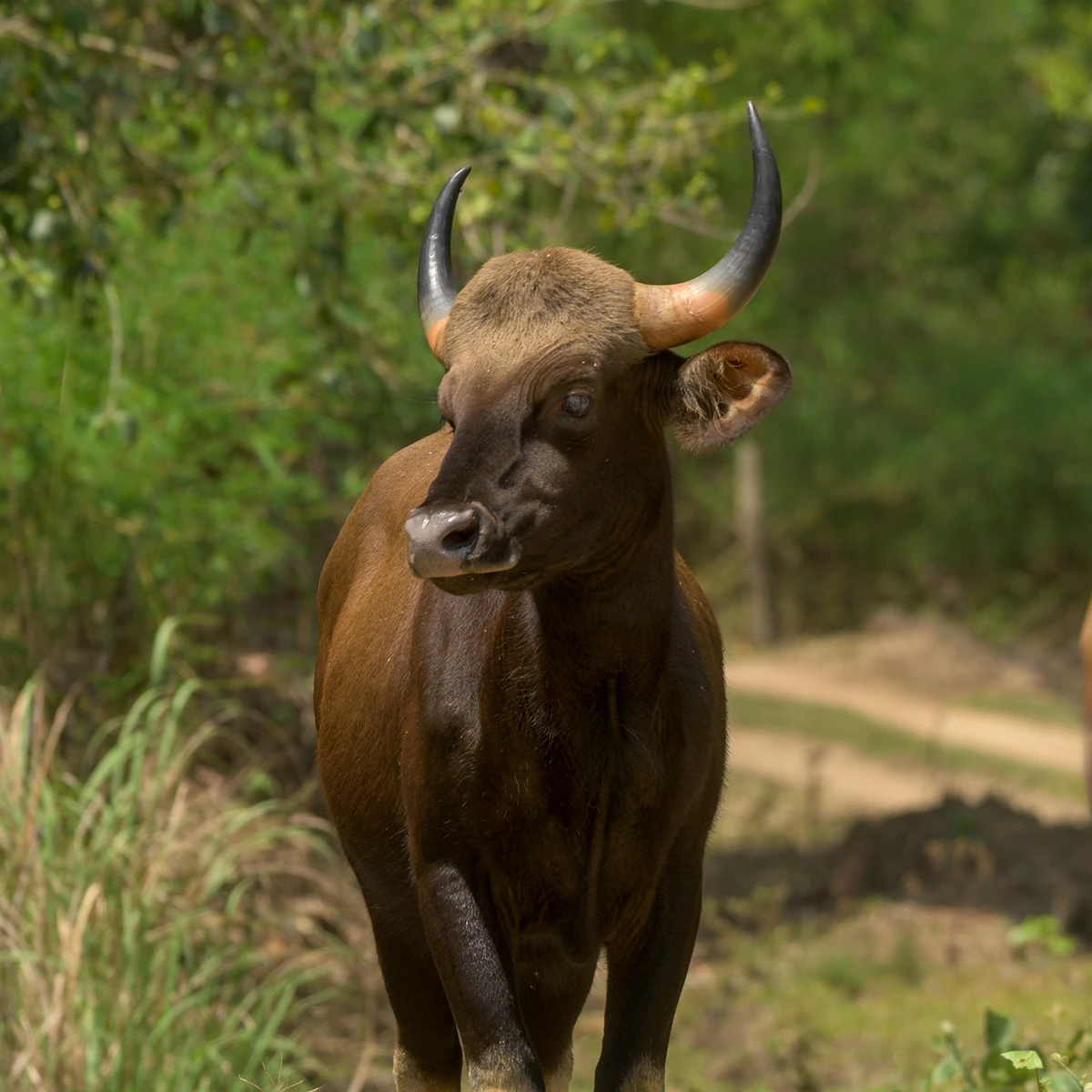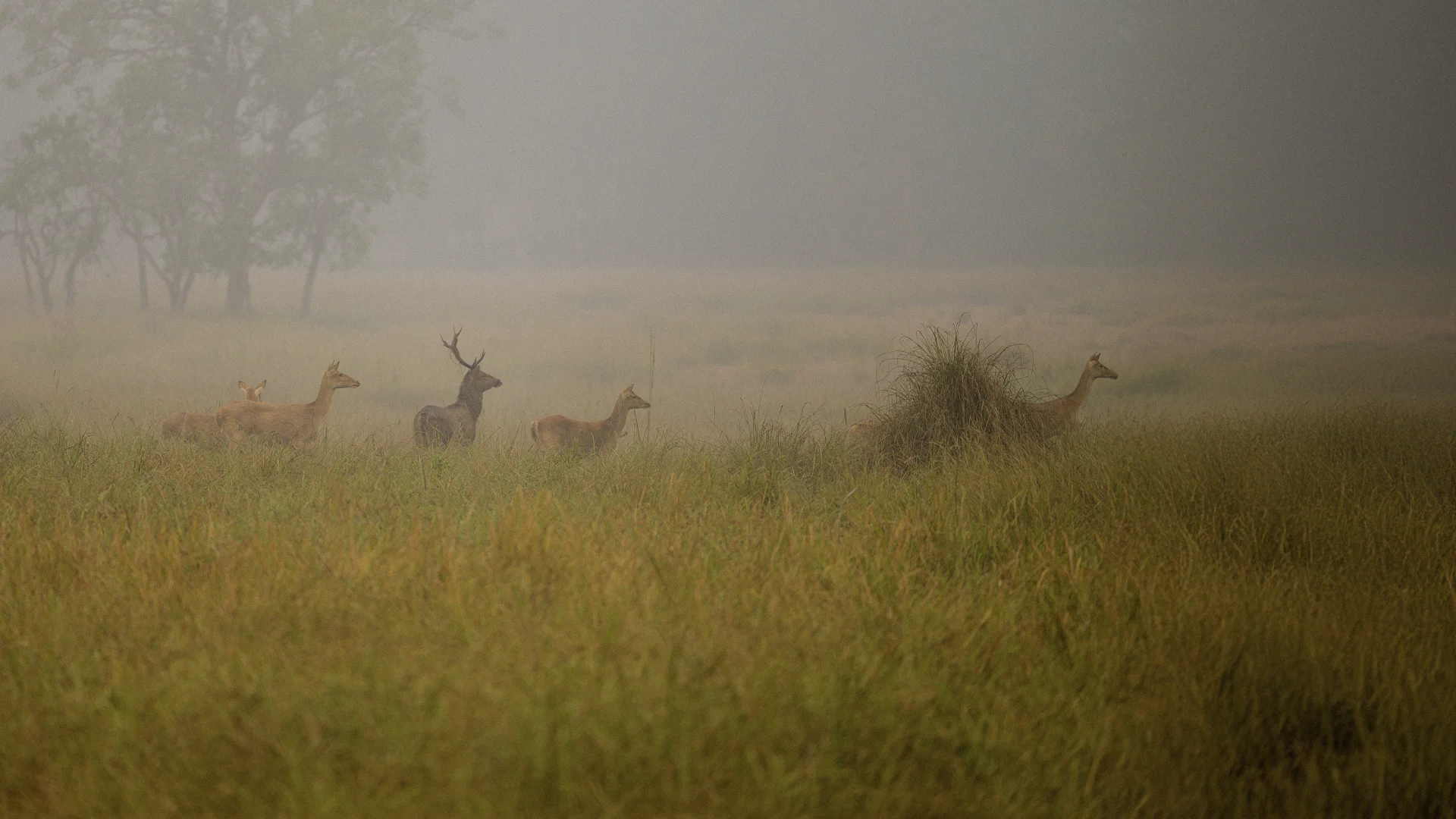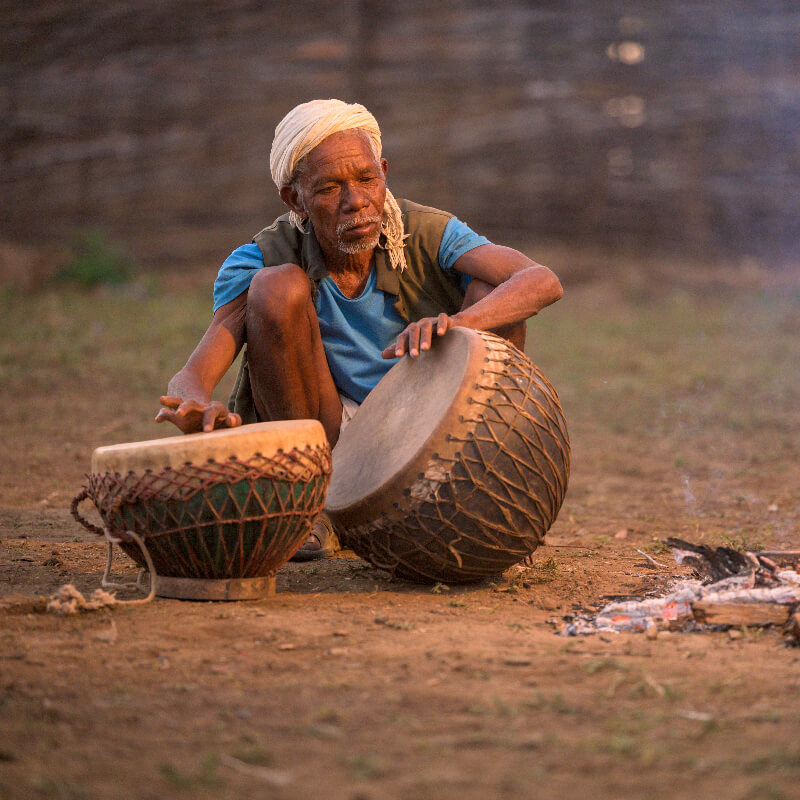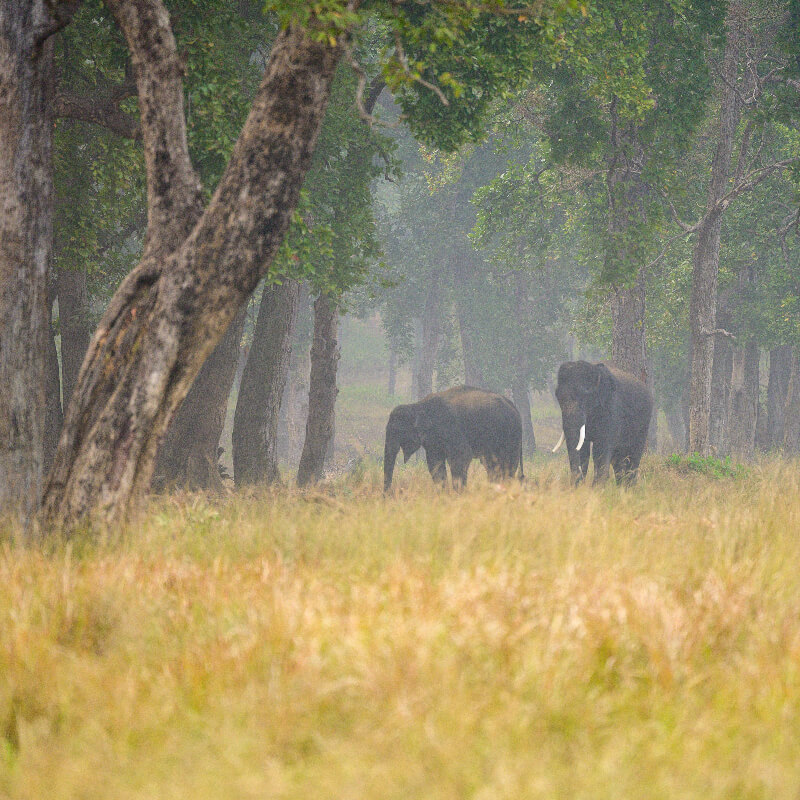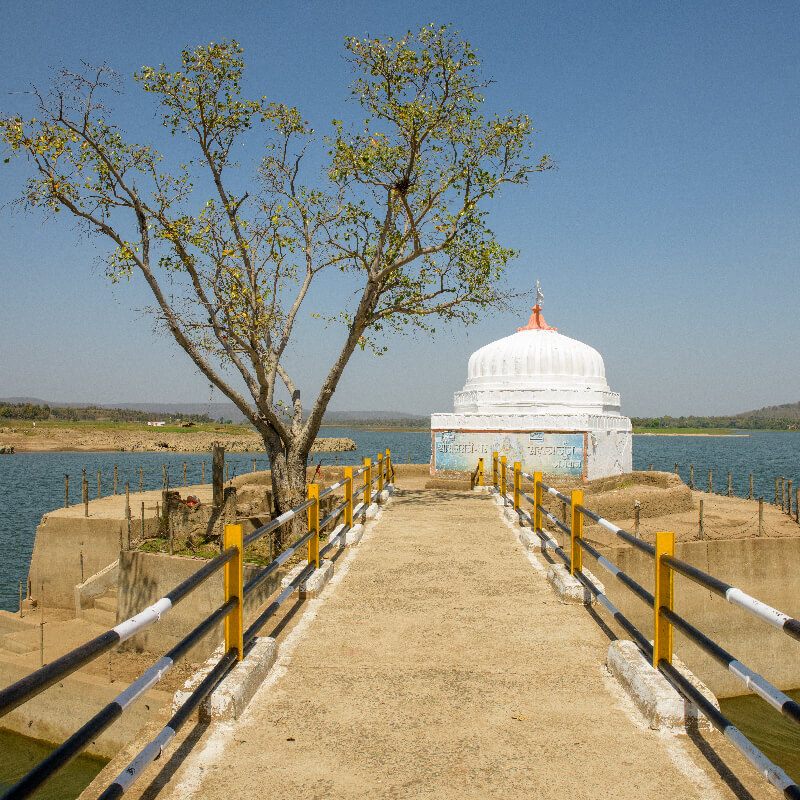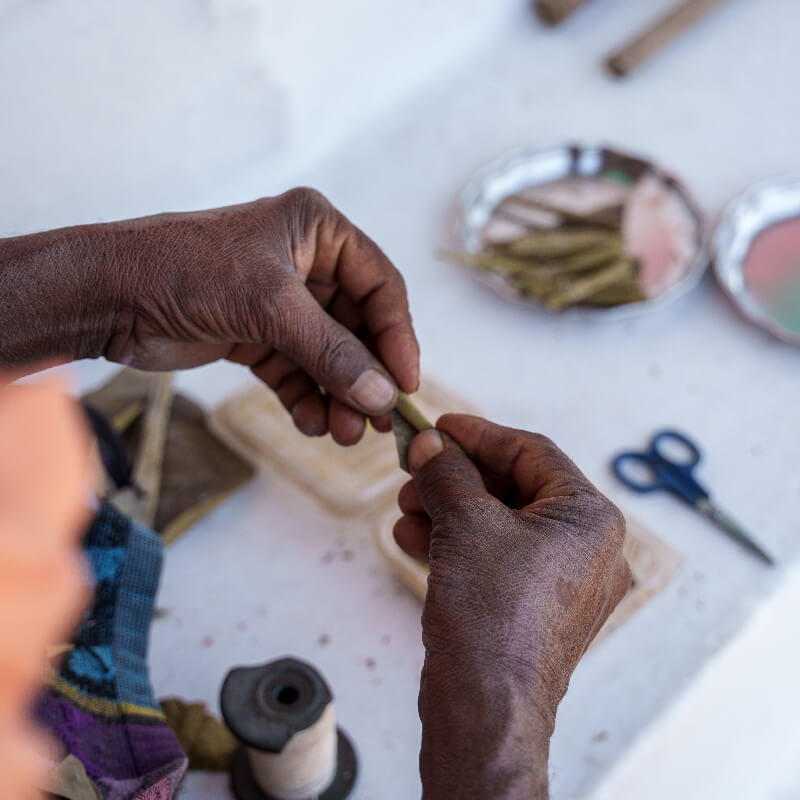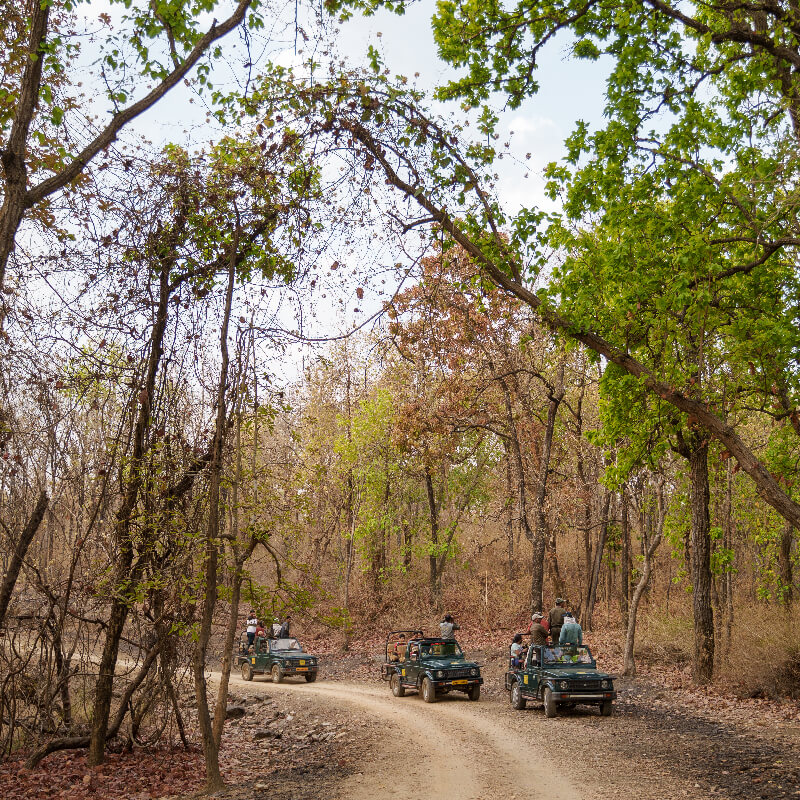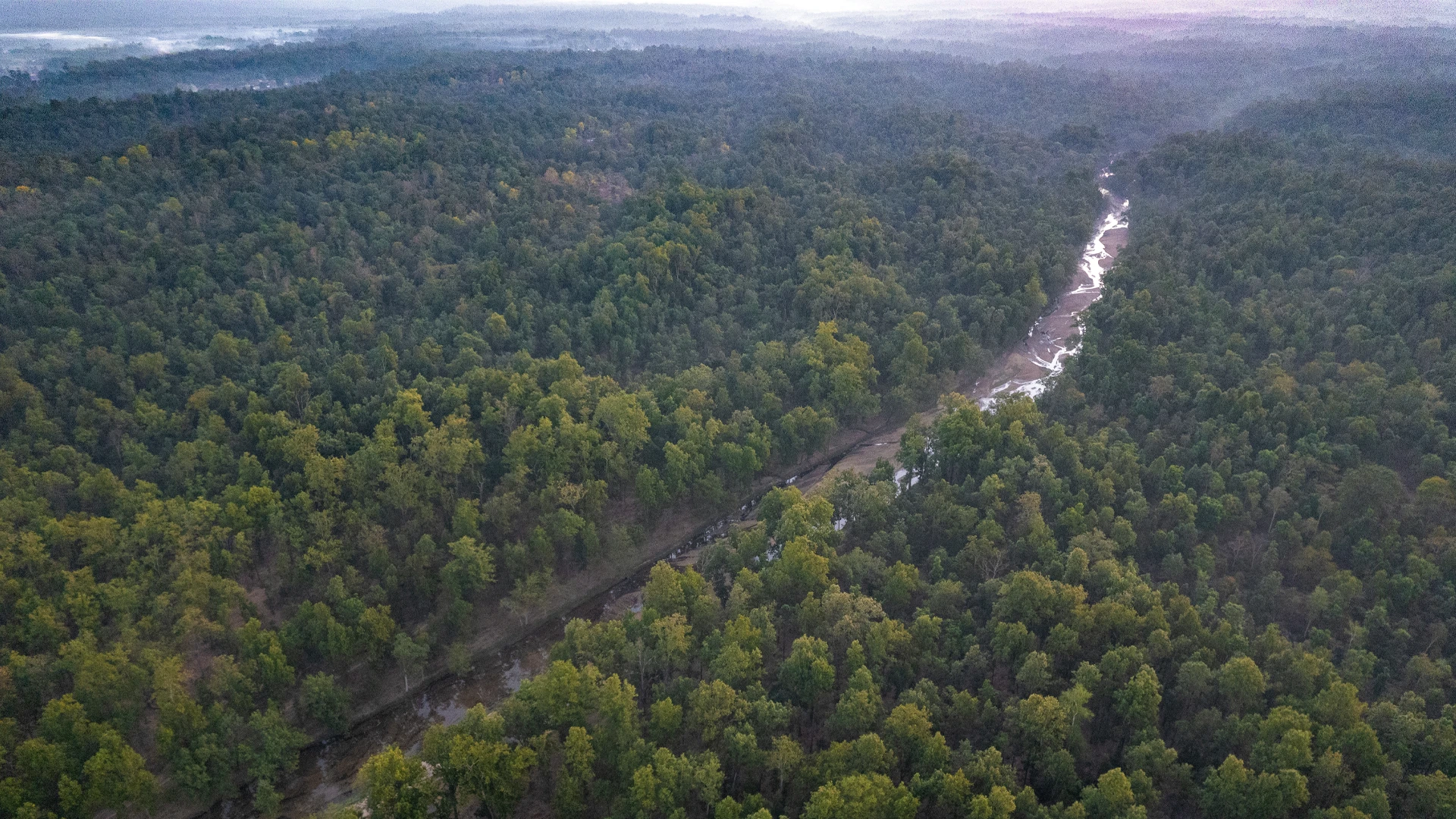
22.2995° N, 80.5864° E
KANHA
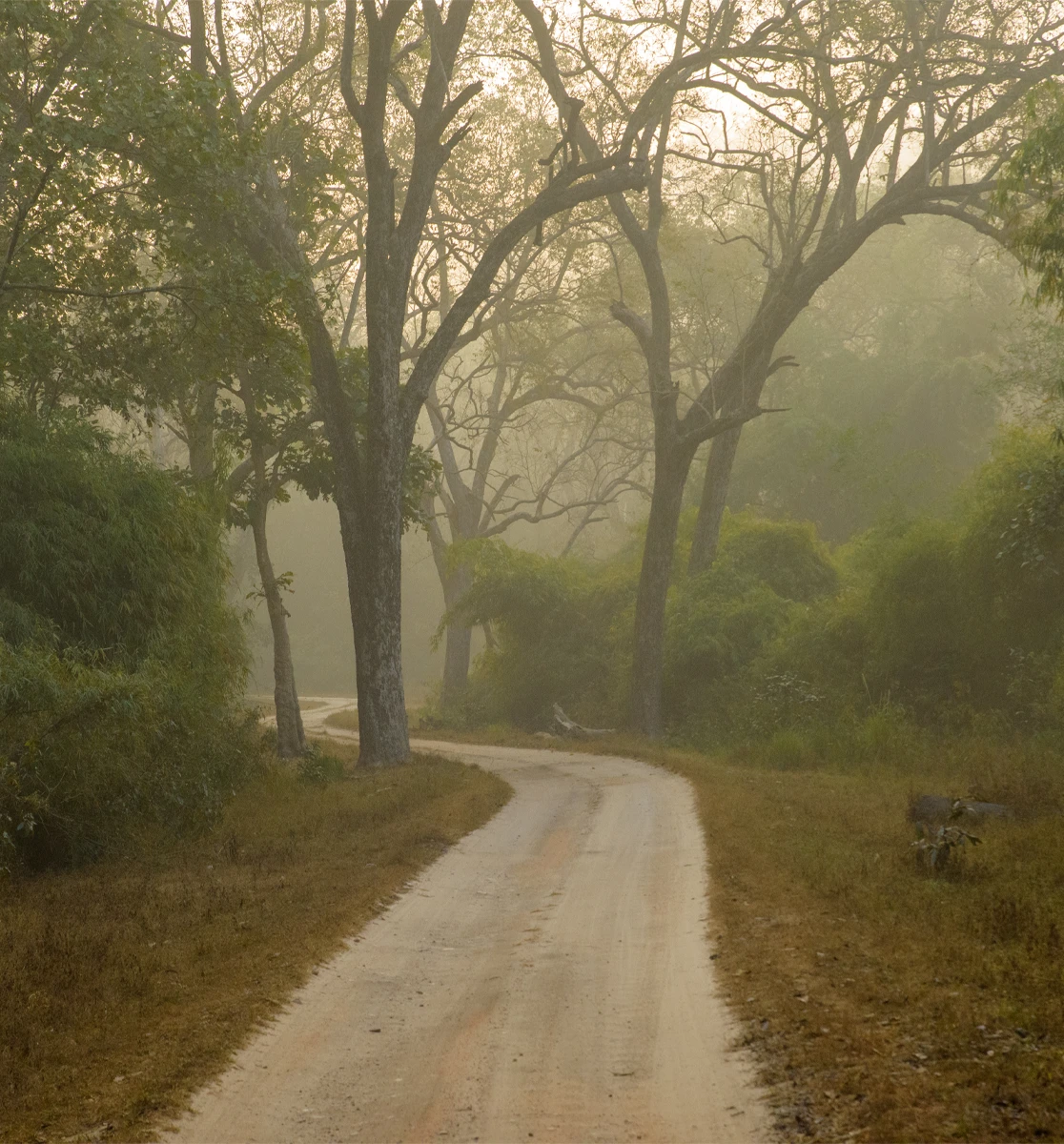
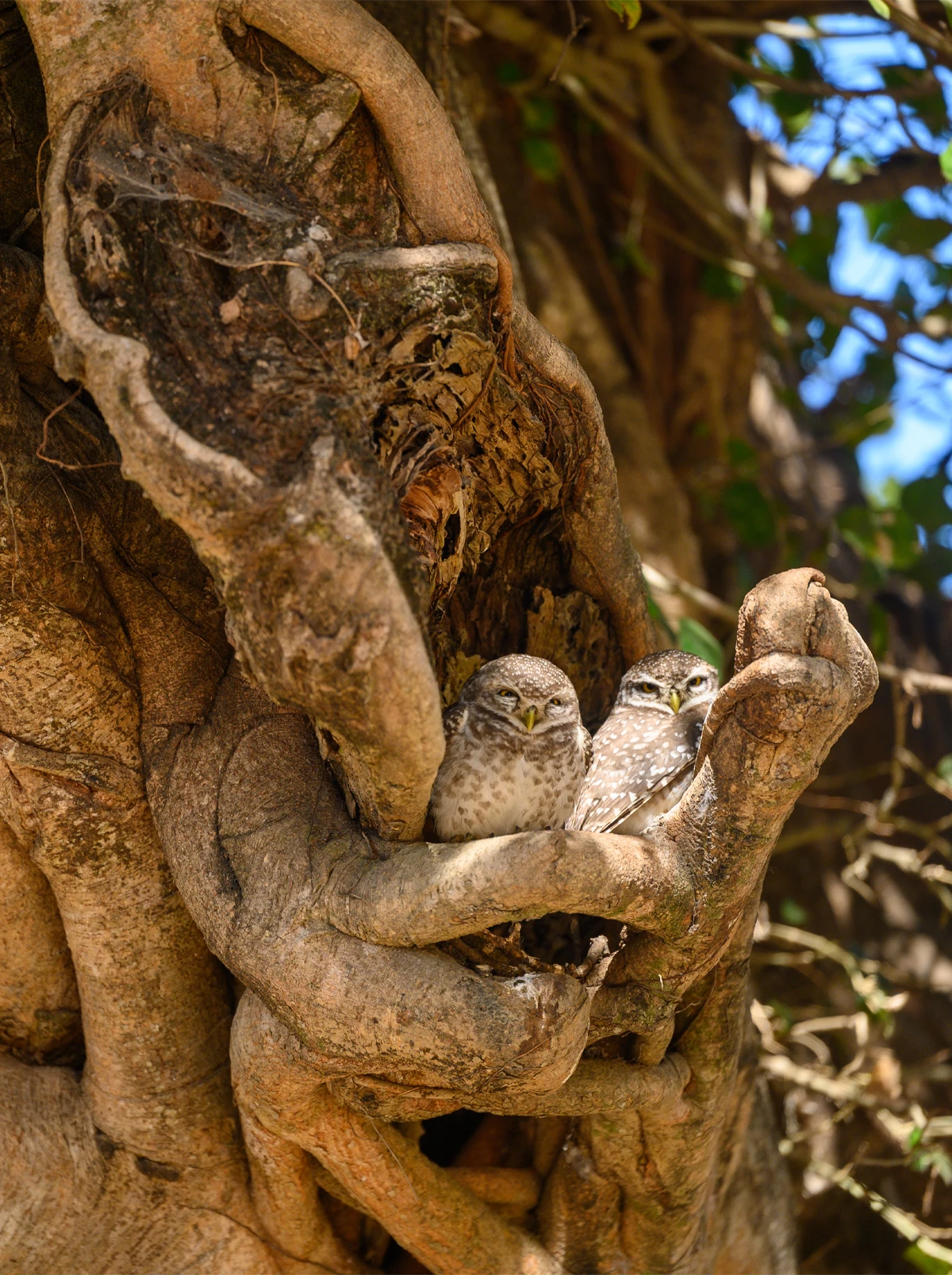
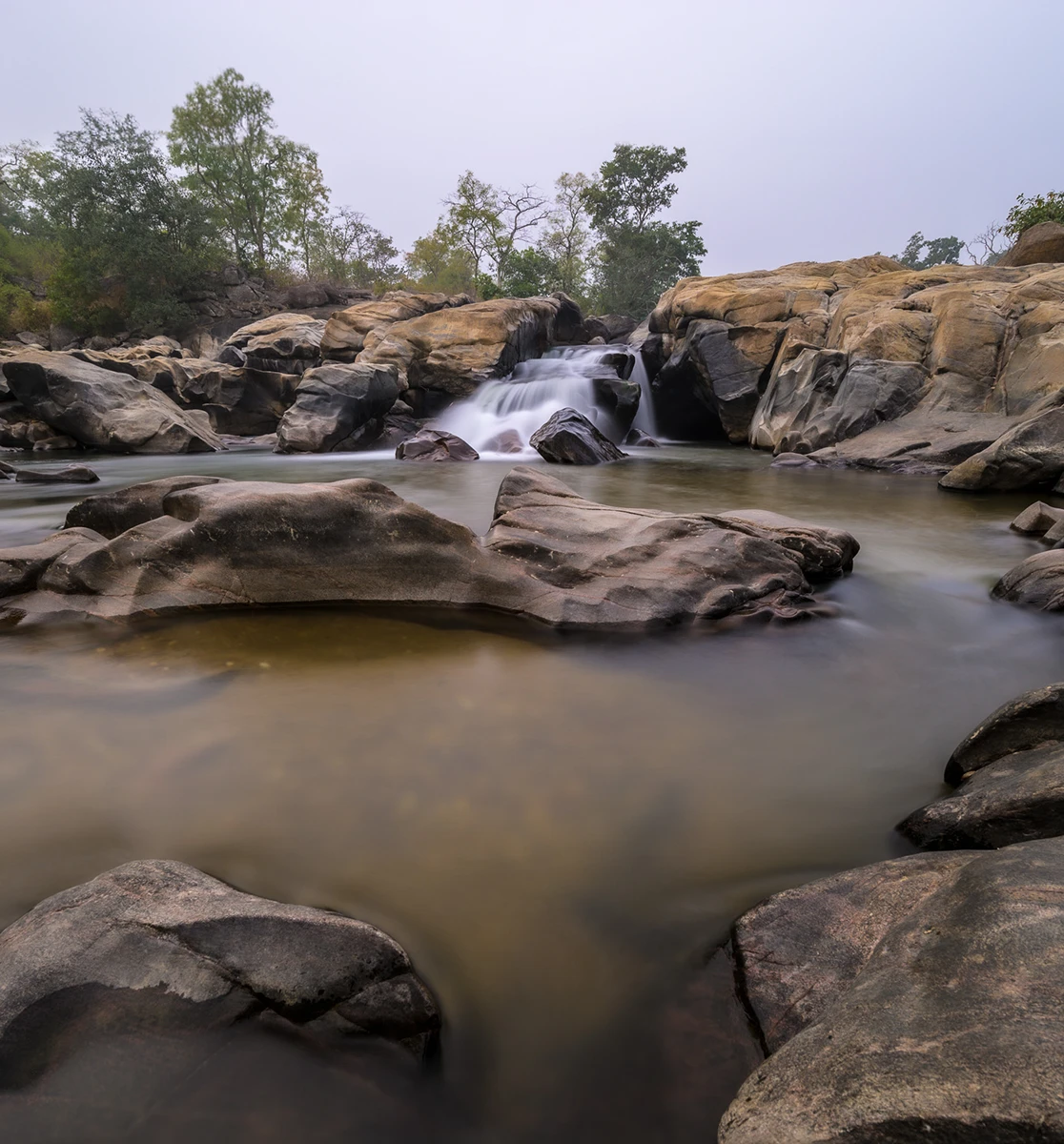
wild untamed
The forests of Kanha Tiger Reserve represent the rich floral and faunal wealth of the “Satpuda-Maikal landscape”, a unique biogeographical unit having great ecological significance in Central India. The dense green cover of the reserve area act as a “major carbon sink” sequestering large amounts of carbon and other pollutants. It is estimated that it is home to over 43 species of mammals, 39 species of reptiles, and 500 species of insects. The Tiger Reserve hosts a population of more than 150 Royal Bengal Tigers.
1945
6
150
350
meet the citizens
of kanha
Forest all around
The 3 types of forests that are mainly found in the Kanha Tiger Reserve include the moist peninsular Sal forests, the southern tropical moist mixed deciduous forest, and southern tropical dry deciduous mixed forest. Some of the significant floral species that are found here include Sal, bamboo, Ghost tree, Banyan, Palas, Mahua, Arjun, Ain, Tendu, Kahir, Neem, etc. Besides the trees, many climbers, grasses, herbs, and shrubs are also found.
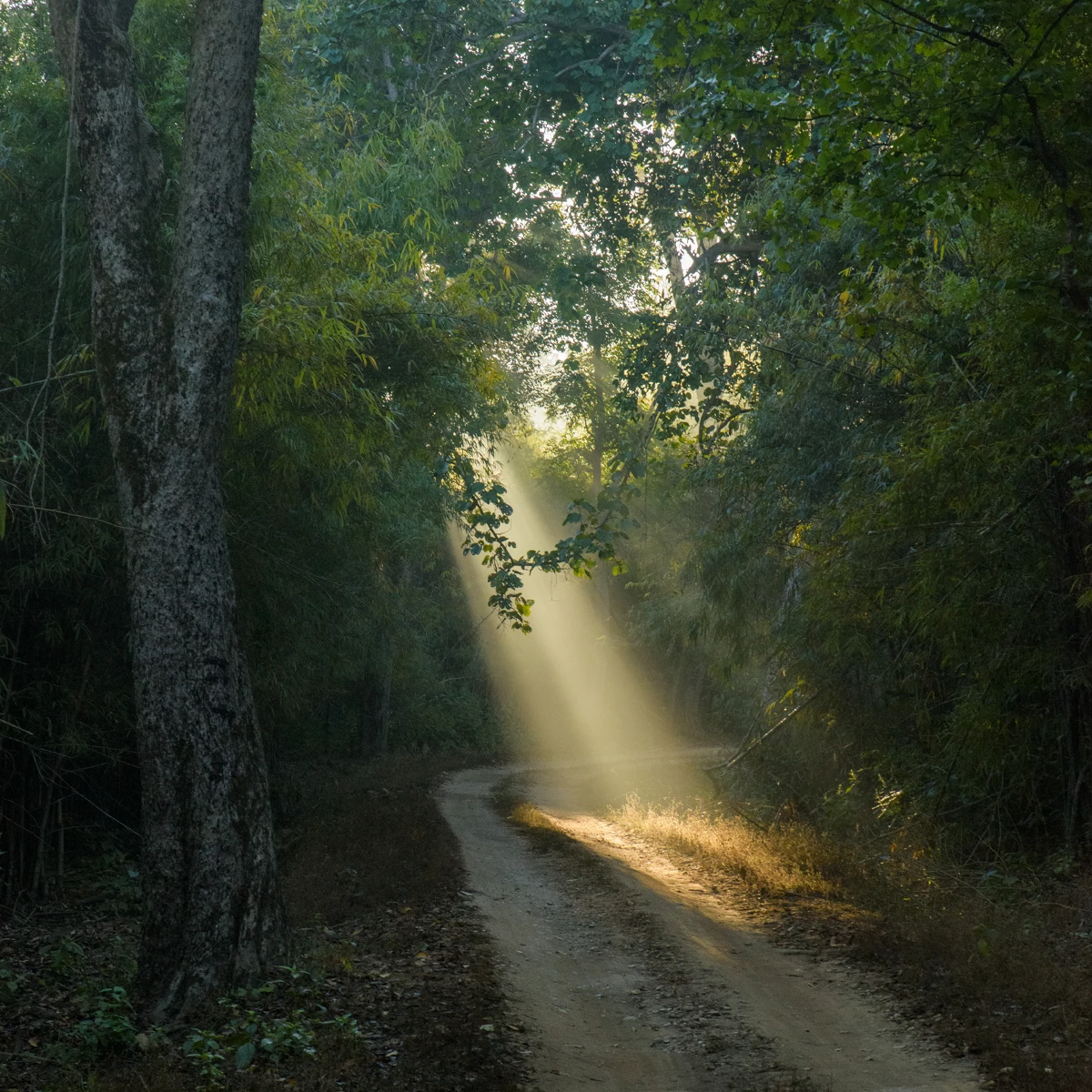
neighbours to meet
The vast diverse landscape harbours atleast 350 avian species and 850 species of flora. The lush green lowland forests of Kanha are mostly covered by a mix of evergreen Sal, bamboo, and other mixed-forest trees, that are interspersed by vast open meadows.
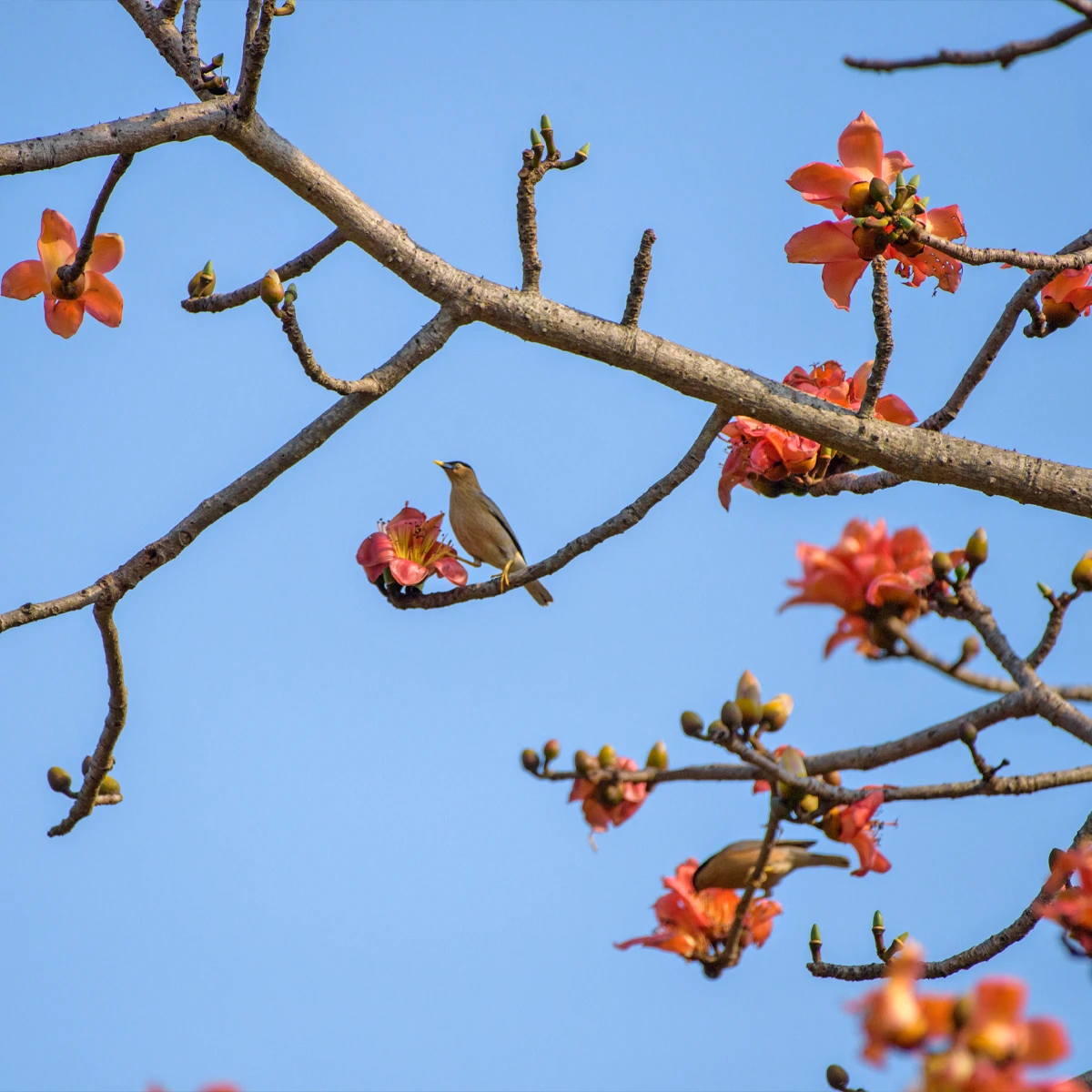
Portraits of
kanha
